Next time you read that such and such a percentage of the Great Barrier Reef has already been destroyed by humankind, laugh out loud! I say that not to offend, and not because I don’t care about the corals, but because it is better to laugh than to be drawn into their madness.
According to a completely mad research paper published by John Pandolfi and ten other reef researchers – each a high-profile marine biologist including Terry Hughes from the Australian Research Council Centre of Excellence for Coral Reef Research – the Great Barrier Reef was pristine before the arrival of humans. According to Pandolfi et al. published in the prestigious journal Science in 2003 (entitled ‘Global Trajectories of the Long-Term Decline of Coral Reef Ecosystems’) a rather large 25 percent of the inner Great Barrier Reef was destroyed with the arrival of Australian aborigines.
Except that when the Aborigines arrived much of the region known today as the Great Barrier Reef was open Eucalyptus woodland.
There was no Great Barrier Reef!
Back then, the Pacific Ocean began at the edge of Australia’s continental shelf that is now 100 to 200 kilometres offshore.
Sea levels began to rise some 18,000 years ago, after the arrival of the Aborigines. In fact, 100 percent of the Great Barrier Reef was formed after the arrival of humankind.
The first Australians predate the Great Barrier Reef by some 40,000 years. The first Australian walked across from New Guinea during the depth of the last ice age when there was no Great Barrier Reef. In fact, sea levels were about 120 metres lower than they are today.
It is only in the last 10,000 years, since the beginning of this geological epoch known as the Holocene, that the Great Barrier Reef has formed. It formed after sea levels rose by more than 120 metres during a period from 18,000 to 10,000 years ago when the coastline was being eroded by up to 50 metres each year.
On the subject of laughing: next time one of those expert professors in the ilk of Pandolfi or Hughes tell you to be fearful of 36 centimetres of sea level rise, remember that since the arrival of humankind in Australia some 40,000 years ago, sea levels have risen not by some few centimetres, but by around 120 metres! Oh, and all of that was before the industrial revolution that was just a couple of hundred years ago.
If there is one thing that these experts lack, especially the professors running Great Barrier Reef research, it is perspective. While they lack perspective it is the case that they are successfully drawing much of our civilization into their madness.
Just yesterday, I read that News Ltd, which publishes The Australian newspaper, has changed its editorial policy and will now, like the rest of the legacy media, be cheering madly for net zero emissions. Whatever that means. Do you know what it means? Read yesterday’s editorial in The Australian (7th September, entitled ‘National must prepare to deal with Glasgow summit’) and mention is made of Australia being ‘carbon neutral’ preferably before 2050.
I wonder if the newspaper’s editor, Michelle Gunn, has any real appreciation of what that means in practical terms. My husband is an Imperial College trained chemist, I asked him what he understood it to mean. He said it means that there is to be no additional carbon dioxide emitted into the atmosphere by us dreadful Australians, with the potential for offset through carbon capture and so on. He doesn’t believe any of this is realistic, unless the Prime Minister Scott Morrison, bans petrol cars, stops immigration and also childbirth. Though in yesterday’s editorial mention is only made of banning coal-fired powered stations in Australia. According to the editorial, given the rules governing such things, coal-fired powered stations will still operate in China, South Africa, Indonesia, Russia and Vietnam. Coal-fired power stations will just be banned in Australia and a few other countries. Yet I’m sure the sea level rise of some 40 centimetres since the Industrial Revolution that the university professors and newspaper editors profess to be so concerned about is a global phenomenon that shows no respect for national coastlines.
To be sure, they mostly write and publish politics and madness.
There are antidotes to such madness. You could begin by cancelling your subscription to the journal Science and The Australian newspaper.
Instead, spend more time at the beach and in the ocean. Australia has a long coastline and most of us live not far from a beach – from the ocean.
I visited Lady Elliot Island at the Great Barrier Reef earlier this year with my husband, John Abbot. Scuba diving, I was unable to find any coral bleaching. Walking along the seashore with John (Abbot, not Pandolfi) I could only find evidence of sea level fall, not sea level rise. Indeed, the image featured at the top of this blog post shows John looking at a Porites sp. microatoll whose growth is constrained by sea level. The coral colony is flat topped, and dead-on top. A thin veneer of live coral grows around it’s margin and down to the sand. The live coral would thus be invisible to the surveys by Terry Hughes from 150 metres up in an airplane. (That is another mad story written up in prestigious journals and repeated in the press. It is everywhere, the madness.)




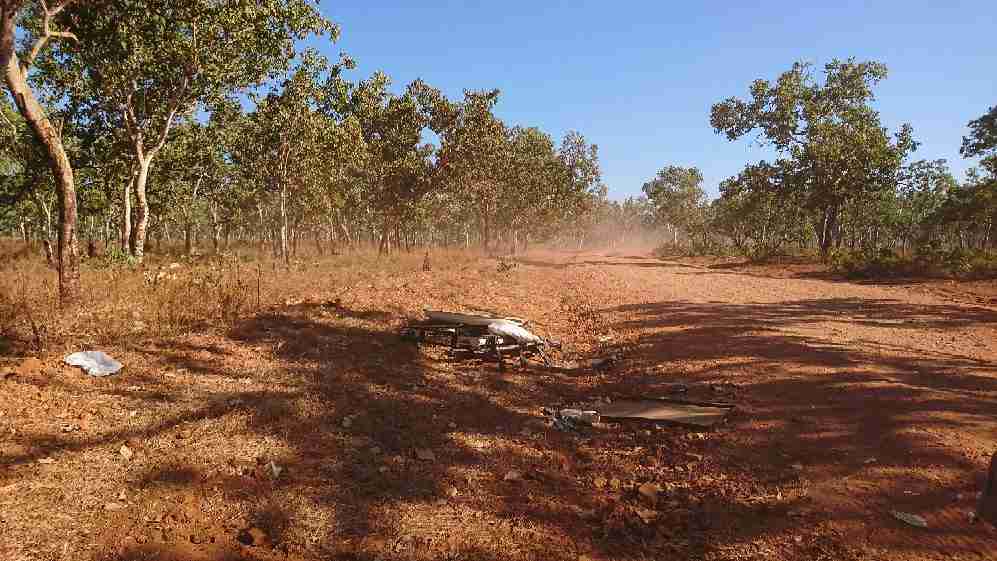
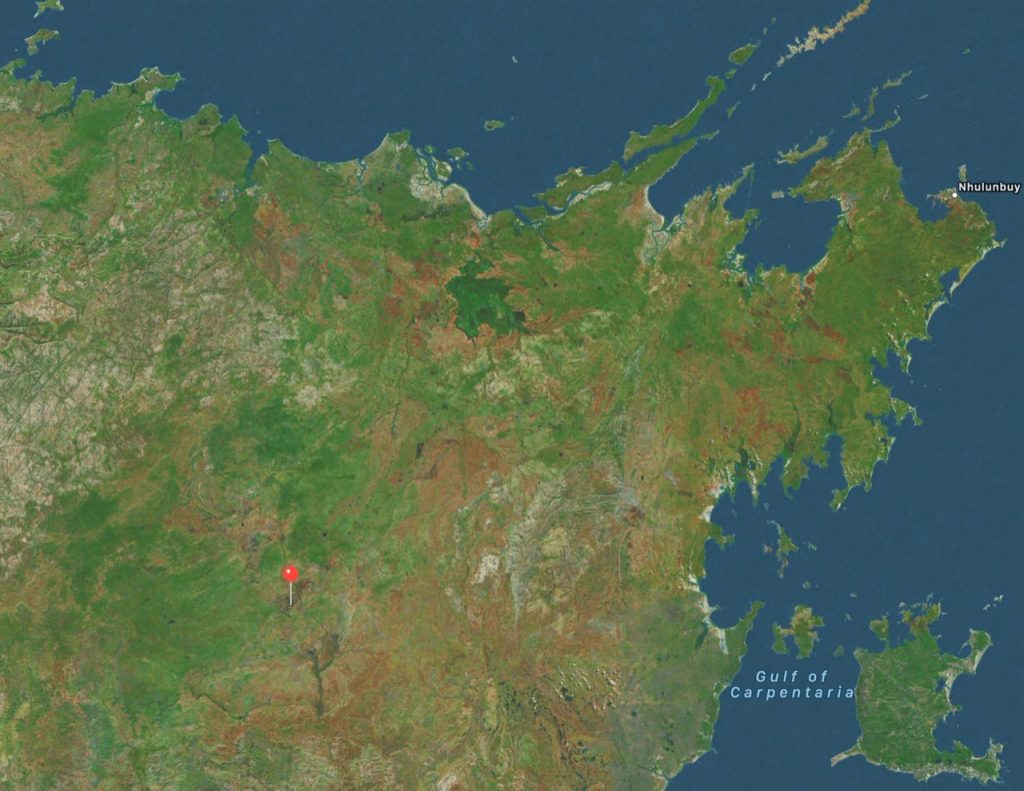
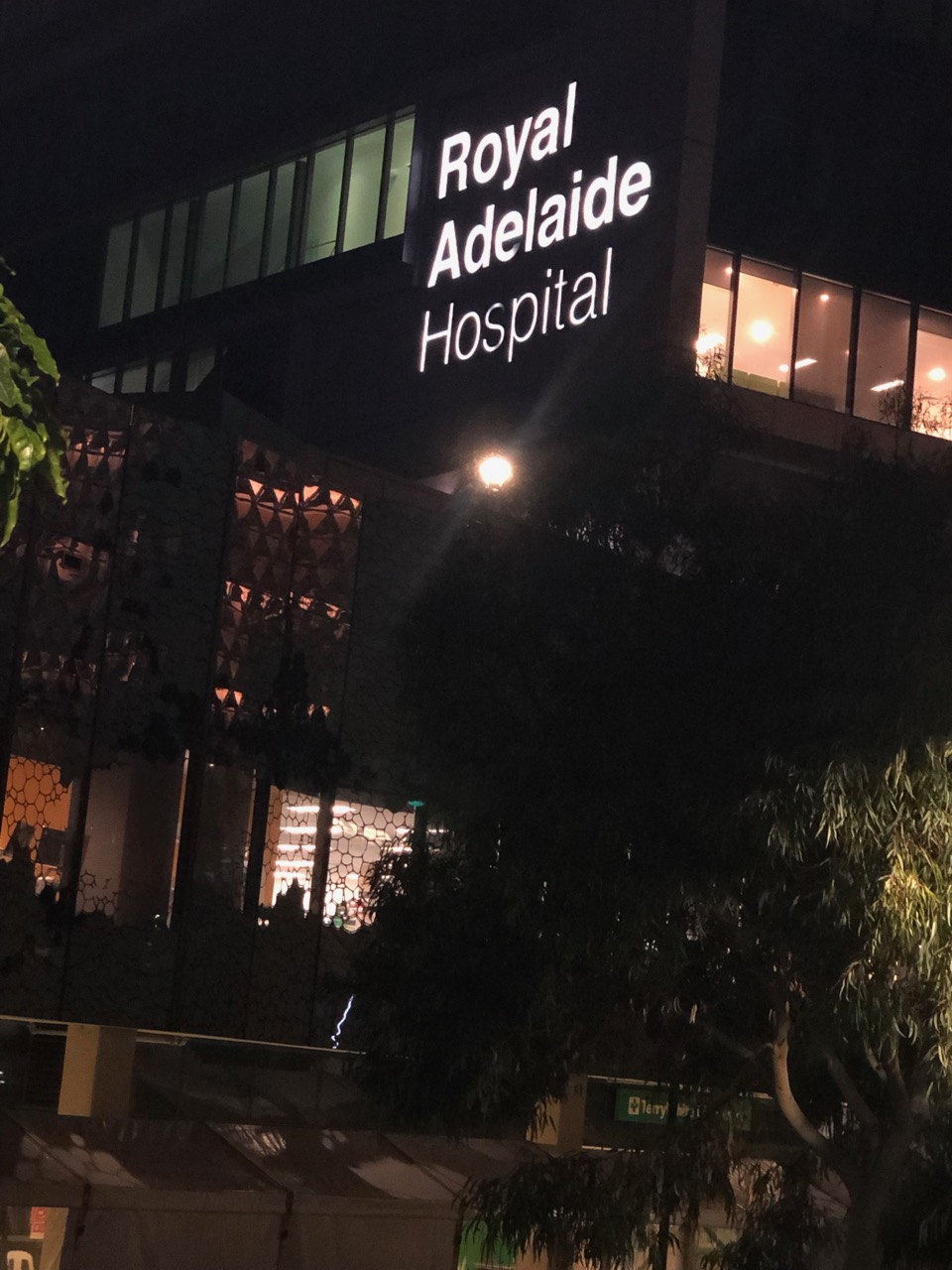

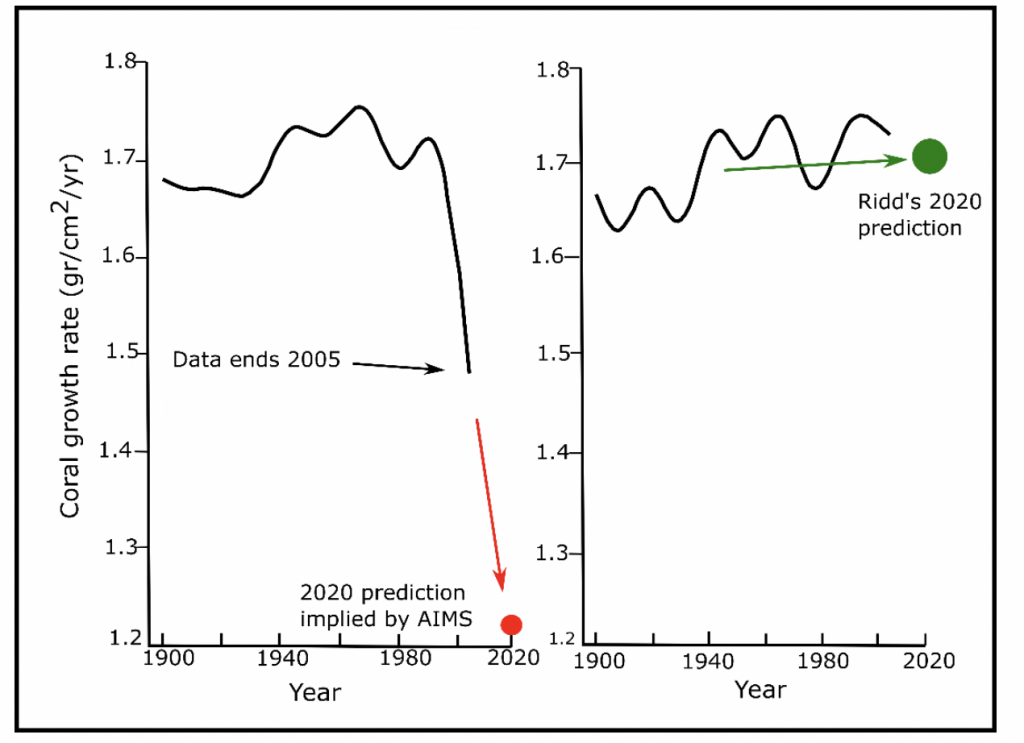

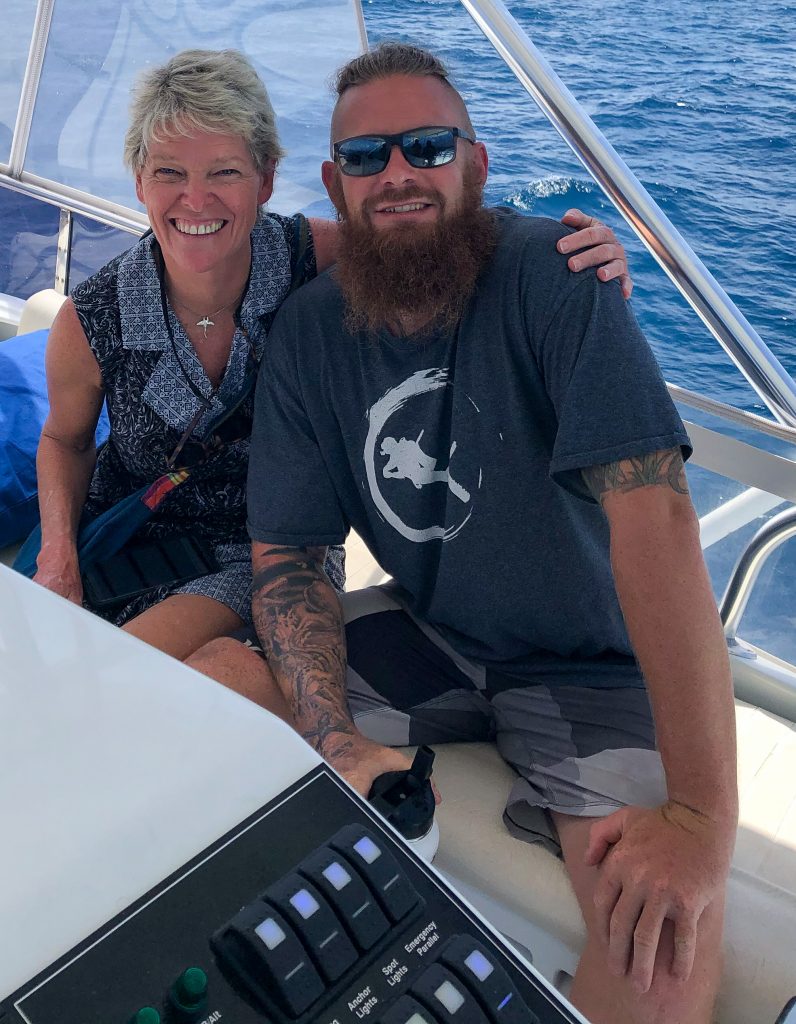

 Jennifer Marohasy BSc PhD has worked in industry and government. She is currently researching a novel technique for long-range weather forecasting funded by the B. Macfie Family Foundation.
Jennifer Marohasy BSc PhD has worked in industry and government. She is currently researching a novel technique for long-range weather forecasting funded by the B. Macfie Family Foundation.